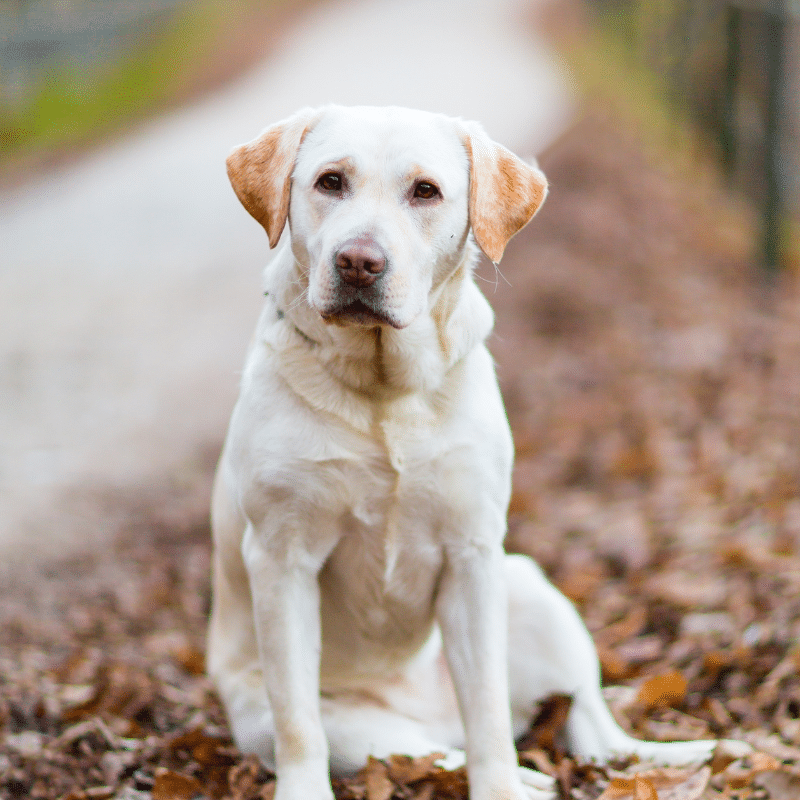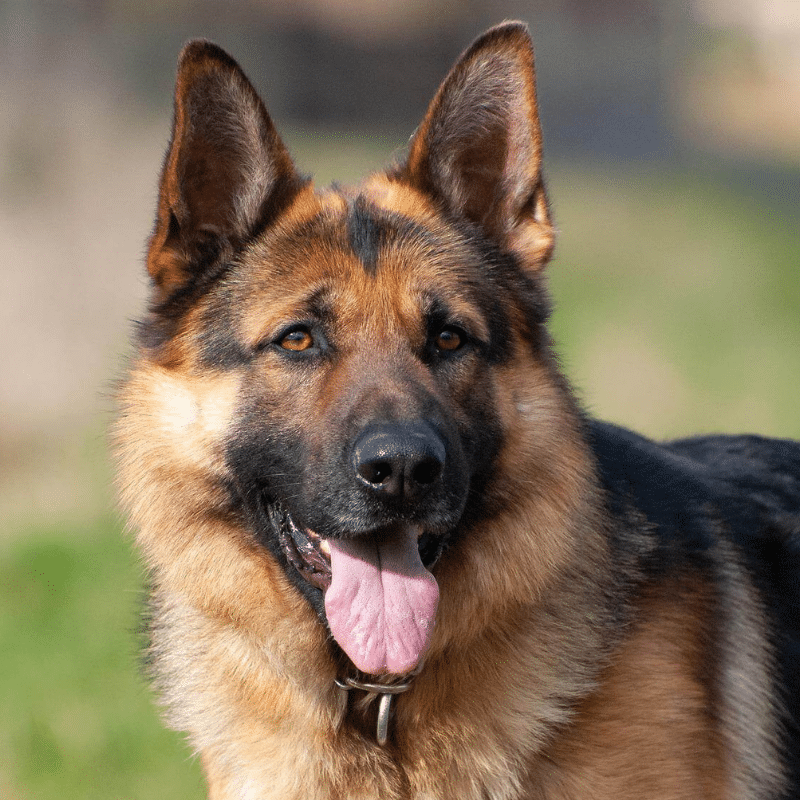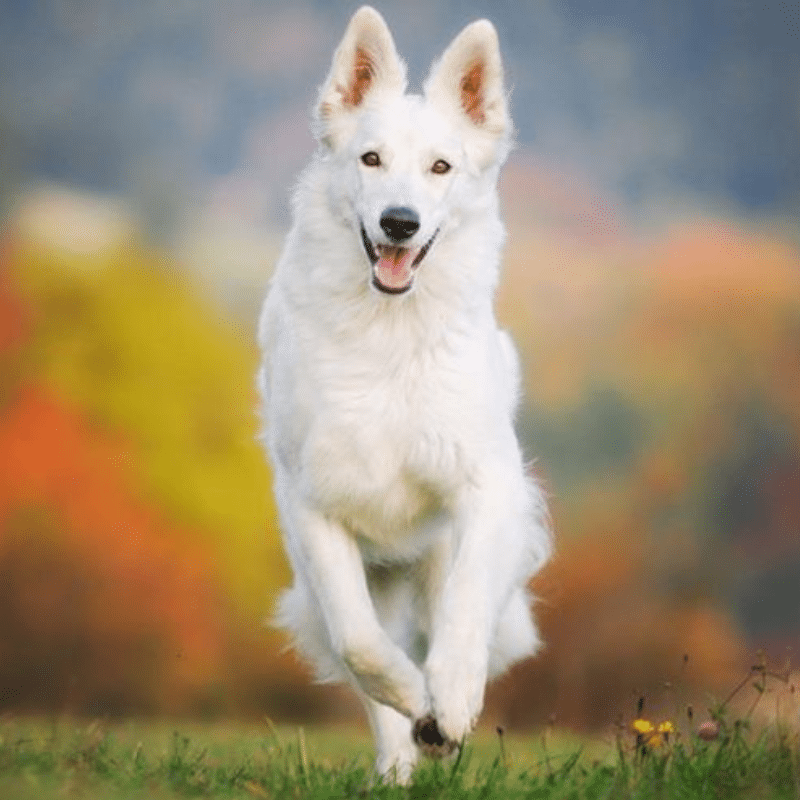Nova Scotia Duck Tolling Retriever
Breed Profile
#81
US Popularity Rank
American Kennel Club, 2022
Quick Facts
▪️ Average Nova Scotia Duck Tolling Retriever Lifespan: 12 years
▪️ Average Weight: 47 lbs / 20 kg
▪️ Difficulty Level: 3 out of 5
Sources of Support: American Kennel Club, AniCura Group, NKK, Other, WordWideWeb
Characteristics of the dog breed
3.5/5
Activity level
3.5/5
Cooperation ability
3.5/5
Fur care
3.5/5
Budget

About the Nova Scotia Duck Tolling Retriever
Briefly about the breed
- The Nova Scotia Duck Tolling Retriever is a water fetching dog with a lot of energy and intelligence.
- The breed is active and deserves an owner who can offer physical and mental stimulation.
- The toller is a versatile dog that is used for hunting, tests, rescue missions and various dog sports.
- The breed is medium-sized and muscular, with a reddish coat and sometimes white markings.
- In order to maintain good health, it is recommended to test for genetic diseases and X-ray the hips and elbows.
Worth Thinking About
The Nova Scotia Duck Tolling Retriever is a captivating breed with a passion for water fetching. Even though it’s the smallest of the retriever breeds, there’s a lot of canine personality packed into this little package! The breed is active and requires an owner who can offer it sufficient physical and mental stimulation. A customs officer thrives best when he can use his head and can perform meaningful tasks. It is important to be prepared for the energy and intelligence this breed has to offer.History
The origin of the Nova Scotia Duck Tolling Retriever is not entirely clear, but the breed has its design in Canada. It is believed that the toller may be the result of a cross between small Chesapeake Bay Retrievers, Golden Retrievers and a brown spaniel type. Other theories mention crosses with liver-colored Flat Coated Retrievers and Labrador Retrievers.Some also believe that Irish setters and other local dogs may have contributed to the breed’s development. What is certain is that the Nova Scotia Duck Tolling Retriever was recognized as a breed by the Canadian Kennel Club in 1945, as the first kennel club in the world. Later, in 1982, the breed was also internationally recognized by the FCI.Characteristics and temperament
The Nova Scotia Duck Tolling Retriever is an intelligent, playful and teachable dog. It has an excellent swimming technique and loves water fetching. Although the customs officer can warn when people are coming, he does not have a distinct guarding instinct. It is friendly, but can be overbearing towards strangers. The Toller needs physical exercise like other retrievers, but mental stimulation is just as important for this breed.It has considerable work capacity and thrives when both body and brain are used. The Nova Scotia Duck Tolling Retriever is a skilled all-rounder and can be used for practical hunting, tests, rescue missions and various dog sports such as agility, obedience, rounding, track and freestyle.Weight and size
The Nova Scotia Duck Tolling Retriever is a medium-sized, powerful, compact and harmonious dog with a muscular build. Despite its size, the Toller is the smallest of the retriever breeds. The males have a withers height of 48-51 cm, while the bitches have a withers height of 45-48 cm. The breed usually weighs between 17-23 kilos. The toller has a reddish coat, and it is desirable to have white markings on the head, chest, paws and tip of the tail. Some individuals may also have solid red fur without white markings.Health
As with other dog breeds, diseases can occur in the Nova Scotia Duck Tolling Retriever. It is important to be aware of genetic diseases and carry out relevant tests during breeding to ensure healthy offspring. Although HD (hip dysplasia) and AD (elbow dysplasia) are not a major problem in this breed, it is recommended to X-ray the hips and elbows after the dog has reached the age of 12 months.Fur grooming
The coat of the Nova Scotia Duck Tolling Retriever is normally simple. Regular brushing is usually sufficient to keep the coat in good condition. It may be necessary to trim the thin fur around the ears and trim the hair on the paws, especially in winter, to prevent snow and ice from sticking. However, the tail should never be trimmed.Would you like more information?
For more information and guidance on the Nova Scotia Duck Tolling Retriever, it is generally recommended to contact the breed club. The breed club has the expertise on the breed, an overview of recognized breeders and knowledge of the breed’s health. By contacting the breed club, you can get valuable advice and ensure that you find a healthy and well-adjusted puppy.We wish you the best of luck with your Nova Scotia Duck Tolling Retriever puppy!Supporting Sources: Norwegian Retriever Club , Wikipedia , AniCura , Dyrebar .Considering a Nova Scotia Duck Tolling Retriever puppy?
Coming Soon:
Comprehensive Breeder Map Showcasing Nova Scotia Duck Tolling Retriever Breeders in the United States with Active or Recent Breeding Programs
HobbyHund's
Breed database
0
Breed Profiles
[searchwp_form id="1"]













